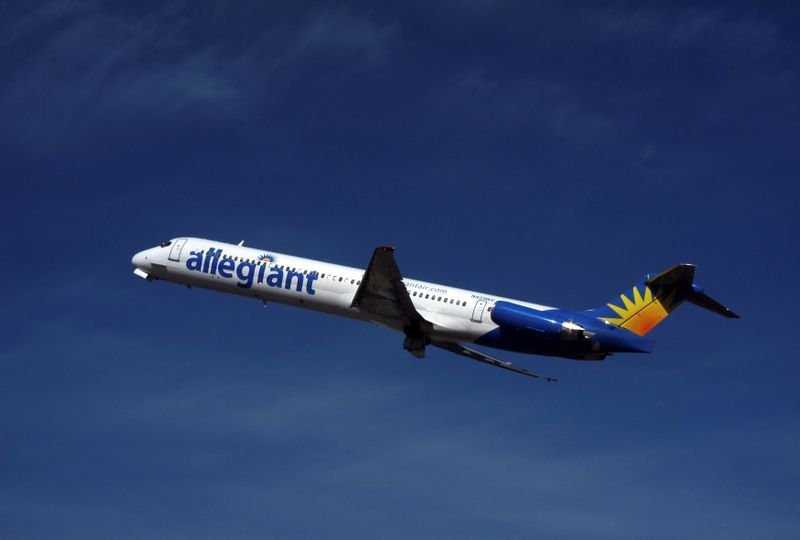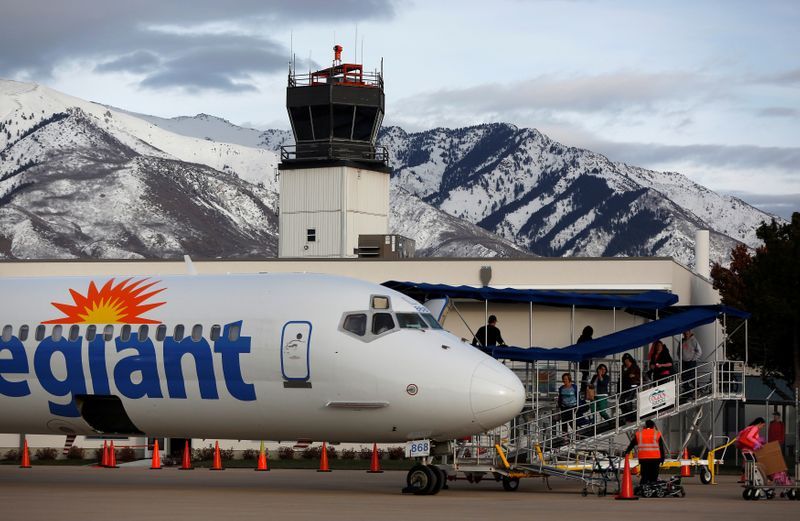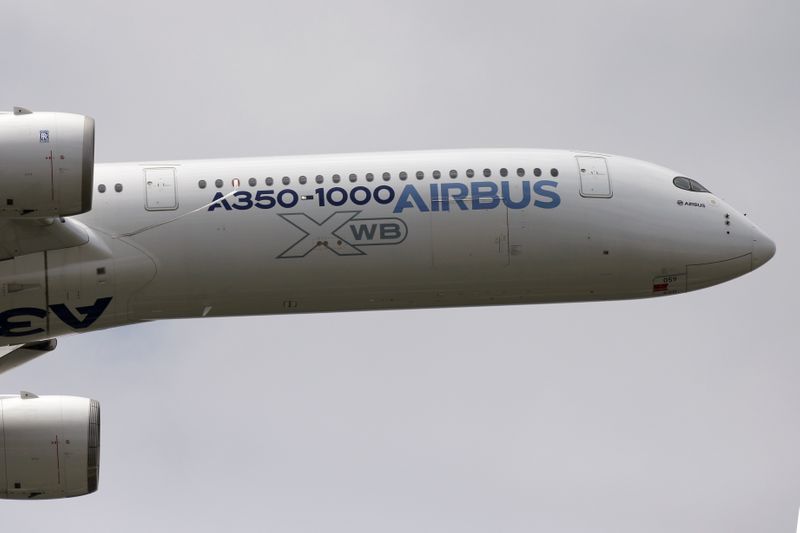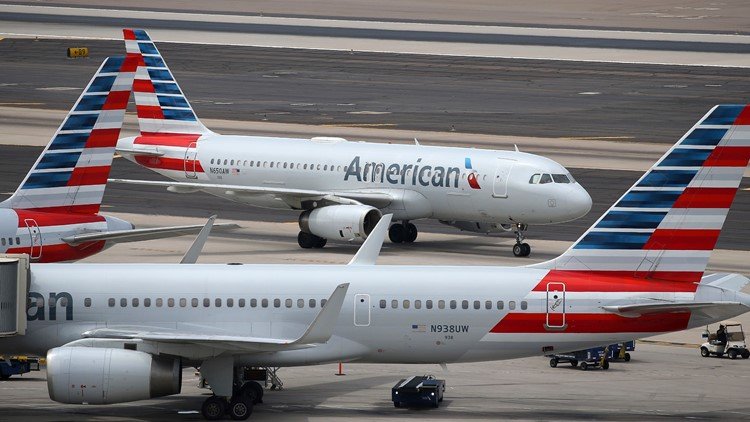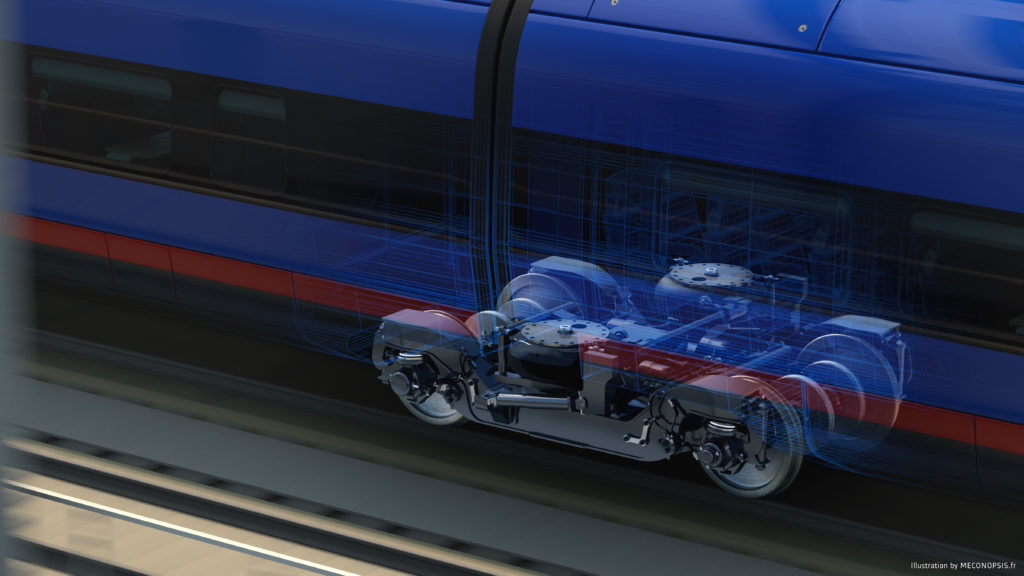- Japanese regional operator starts fleet replacement with eco-responsible turboprop aircraft
World number one regional aircraft manufacturer ATR today delivered the first of two ATR 42-600 aircraft to Hokkaido Air System Co., Ltd (HAC), a JAL Group Company. This delivery marks the first step in HAC’s replacement of its Saab 340 fleet. The delivery of this aircraft will ensure that essential regional air connectivity in Hokkaido can continue.
The ATR 42-600 will offer HAC increased capacity for the same operating costs – generating opportunities for the airline to increase revenues. It will also provide HAC’s passengers with a modern, comfortable cabin featuring latest generation 18”-wide seats as well as more space for luggage in the overhead bins.
Tetsu Ohori, Chief Executive Officer of HAC said: “Today is a long-awaited day for us at Hokkaido Air System, and becomes a memorable day, marking a new chapter in our history. We have so many tourists who enjoy the fantastic ‘Mother Nature’ of Hokkaido. In winter, the great nature turns her face with severe cold and heavy snow. Even under such hard conditions, this ATR 42 will perform well and make our new business a success. I’m really looking forward to showing this wonderful aircraft to everyone in Hokkaido as soon as possible.”
ATR Chief Executive Officer Stefano Bortoli remarked: “Our aircraft makes perfect sense for the Japanese market. Japanese passengers, who are known to demand the very best in terms of comfort and eco-responsibility, will appreciate both the aircraft’s reduced emissions and modern comfortable cabin. This, plus the unbeatable economics and the need to maintain essential regional connectivity in Japan demonstrates why we are increasing our presence in the country.”
ATR’s market estimates forecast that around 900 30-50 seat aircraft will soon need to be replaced as older and inefficient aircraft come to the end of their lives. The ATR 42-600 is part of ATR’s unique family of regional aircraft, including the ATR 72-600, the ATR 42-600S (Short Take-Off and Landing) and the ATR 72-600F, the only brand new regional freighter. Together, they represent the ideal and modern solution to ensure that essential connectivity is maintained for local communities all over the world, while flying sustainably, emitting up to 40% less CO2 compared with regional jets.
About Hokkaido Air System Co., Ltd
Established on 30 September, 1997, Hokkaido Air System began operations on 28 March.1998, with Japan Airlines (57.3%), Hokkaido government (19.5%), Sapporo city (13.5%) as major shareholders. Hokkaido Air System operates three aircraft (SAAB340B-WT) and 26 daily departures on five routes; between Sapporo-Okadama and Rishiri/Kushiro/Hakodate/Misawa, Hakodate and Okushiri, based in Sapporo-Okadama airport.

